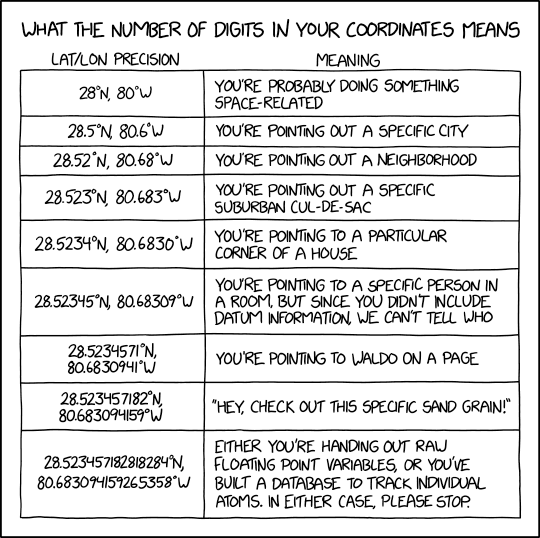
India has been experiencing weeks of extreme heat. As Indians have struggled to cope with temperatures approaching 46°C the demand for electricity has soured. In recent years the Indian government has responded to souring energy demands by building more & more coal fired power stations. Coal is of course the single largest source of global heating.
Build more coal power plants → the world gets hotter → turn on air conditioning → need more power → build more coal power plants → the world gets hotter →
In Early Season Heat Waves NASA reports that this year India experienced its hottest March ever. These extreme temperatures have continued and in April temperatures have been 4.5 to 8.5°C (8 to 15°F) above normal for the time of year. As a result of this extreme heat power demand has spiked across India leading to increased blackouts.

In recent years one way that India has responded to the country's increasing energy demands is by building more coal power plants. In We Switch Off They Heat Up German newspaper Zeit has mapped out where coal fueled power plants are being closed across the world. And where new ones are being built!
The map above shows coal power plants which have been closed in green and newly built power plants in red. The map shows fairly clearly that while the U.S. and Europe have begun to move away from coal power this decrease has been more than made up for by thousands of new coal power plants being built in Asia. Particularly in China and India.
This doesn't mean that China and India are most responsible for global heating. Before anyone in Europe or the U.S. gets too smug they might want to also take a look at the World Map of Climate Sinners. This interactive map shows which countries around the world are currently exceeding 2.7 tonnes of CO2 output per person, and in which countries the population are outputting less. The countries colored red/pink are largely responsible for climate heating. The countries colored green have reasons to be very upset with the rest of the world.
The Historical Global Emissions Map also paints a very clear picture that countries in the so called West are responsible for a large majority of the world's historical CO2 emissions. The map visualizes carbon dioxide emissions around the world from 1750 to 2010. It reveals that countries in the West have historically been the largest polluters of CO2 and even today the USA still leads the way, with 19 tonnes of CO2 being emitted per person - more than double the per capita emissions of nearly every other country in the world.
Zeit's 'We Switch Off, They Heat Up' interactive map was also published before the outbreak of Russia's illegal invasion of Ukraine. Because of the consequent soaring price of gas Germany and the UK are just two of the countries in Europe to announce they are 'temporarily' going to burn more coal. So maybe Zeit was a little too quick to proudly announce that 'we switch off'.
It looks like India and the rest of the world can expect to see many more extreme heat records being broken in the coming months and years.
















































